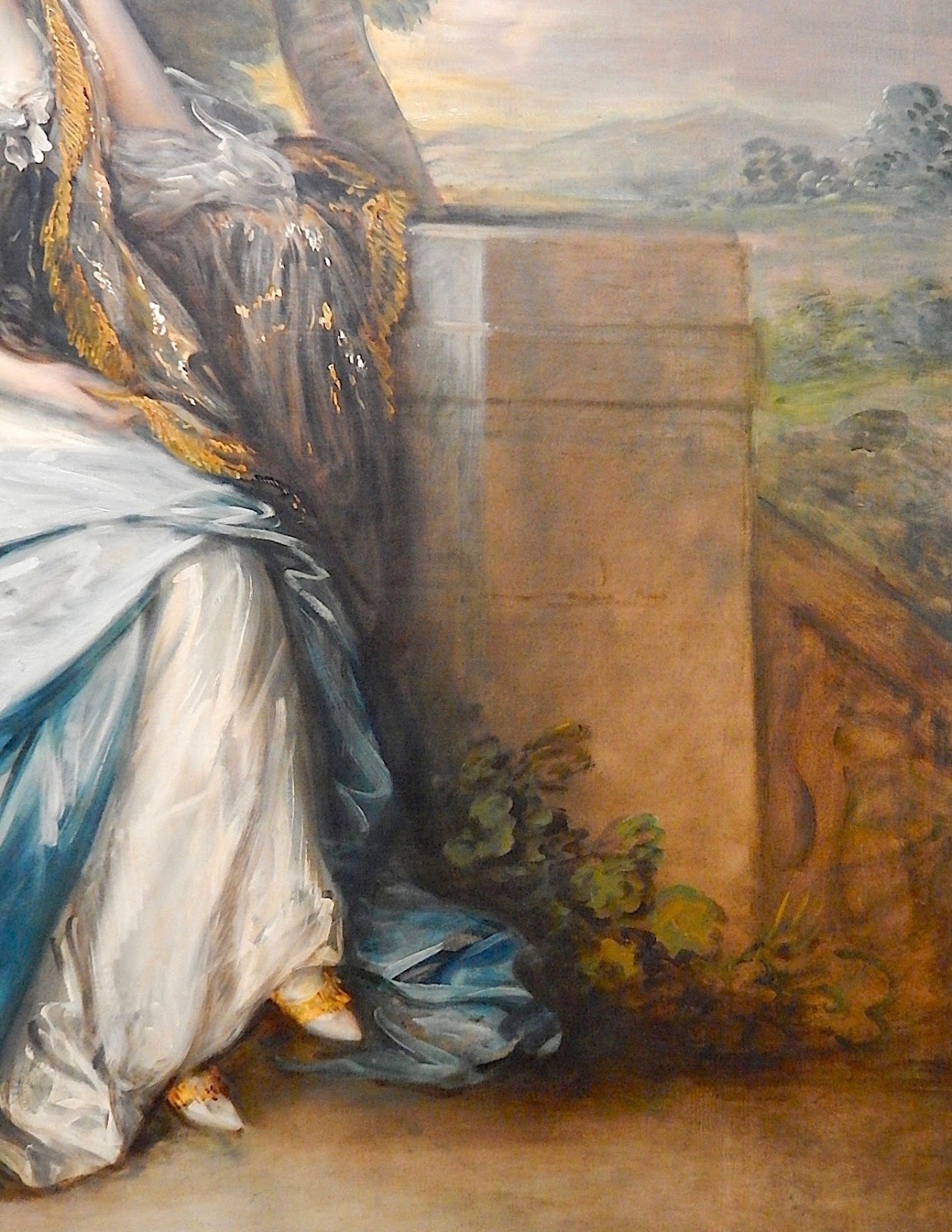The Met's website discusses America Today here, and here is a link to their publication dealing with the mural: very useful. I discussed Benton's early career here.
The mural was commissioned for the board room of The New School for Social Research's 1931 building designed by Joseph Urban. It was later purchased by Equitable, an insurance company in New York and displayed in linear fashion along a hallway. Then it was donated to the Met which restored it (with some difficulty: read the publication noted above) and displayed in a setting corresponding to the space of the New School boardroom where it initially appeared.
Below are a few photos I took, giving you an impression of how the mural is displayed at the Met. Not all panels are shown -- you can find plenty of images on the Internet. My purpose here is to remind you that the mural is there to be enjoyed when vising New York and the Met.
When entering the gallery where America Today is housed, the panel Instruments of Power confronts you.
Panning to the right, we find Changing West.
Continuing to the right past Changing West are Midwest, Deep South, and City Activities with Subway.
Here is the door to enter the display. At the left is City Activities with Subway. Above the door is Outreaching Hands, and to the right is City Activities with Dance Hall. To my mind, the City Activities panels are the most interesting of the lot.
Continuing the pan to the right, we have City Activities with Dance Hall, City Building, and Steel. Farther to the right and not shown is Coal.
City Building, and Steel.
At detail from City Activities with Dance Hall. The woman with the red hat is Elizabeth England, Jackson Pollack's future sister-in-law. The woman at the lower left is Benton's wife Rita. Benton includes himself at the far right.



















































